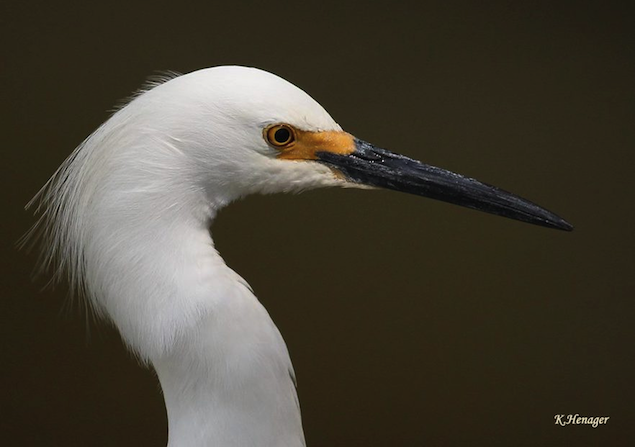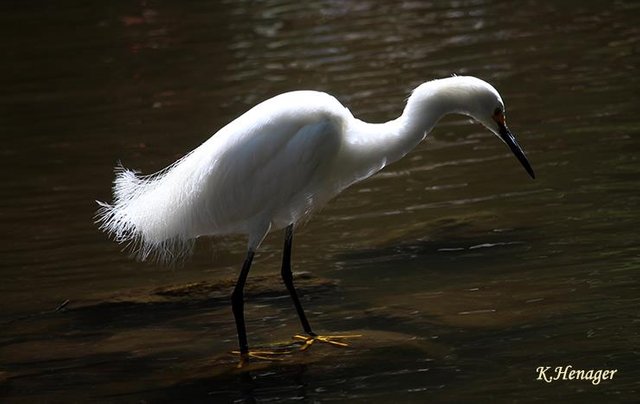Nature Photography: The Great White Egret
If you take a trip to any pond, lake or marsh in North America, you will more than likely see an all white bird with whispy feathers, long black legs and a pointed yellow bill. This charming white bird is known as a Great White Egret or Great White Heron. You’ll find Great Egrets in both freshwater and saltwater habitats, wading in shallow waters or standing completely still as they wait to catch prey with their dagger like bill.
The Great White Egret is the symbol of the National Audubon Society. The Audubon Society was founded to protect birds from being killed for their feathers. During the late 19th century Great Egrets were hunted almost to extinction. This started some of the first conservation movements to protect birds.
With an impressive wingspan, the Egret is limber and efficient in flight. They bend their neck back between their shoulders, leaving their legs trailing behind. Nestlings are born in competition with each other. They will try to dominate the younger sibling in the nest, in some cases by attacking it with it's bill. The chicks are also territorial and will attack intruders.
During breeding season adults grow long feathers on their backs, which they will proudly show off in courtship displays. The males perform most of these displays. This can involve behavior such as preening the wings, ducking the head, holding twigs in his bill, and stretching the neck.

Thanks to conservation efforts the population of Great White Egret increased from 1966 to 2014, according to the North American Breeding Bird Survey. The North American Waterbird Conservation Plan suggests that there are over 180,000 breeding in North America, and rates them at least a 5 out of 20 on the Continental Concern Score.
Kimberly Henager Photography
Cornell Lab of Ornithology - All About Birds

